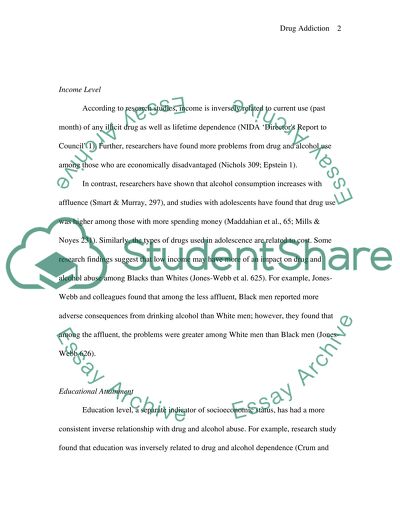Cite this document
(“Addiction in Today's Society Essay Example | Topics and Well Written Essays - 1250 words”, n.d.)
Retrieved from https://studentshare.org/sociology/1441270-addiction-in-todays-society
Retrieved from https://studentshare.org/sociology/1441270-addiction-in-todays-society
(Addiction in Today'S Society Essay Example | Topics and Well Written Essays - 1250 Words)
https://studentshare.org/sociology/1441270-addiction-in-todays-society.
https://studentshare.org/sociology/1441270-addiction-in-todays-society.
“Addiction in Today'S Society Essay Example | Topics and Well Written Essays - 1250 Words”, n.d. https://studentshare.org/sociology/1441270-addiction-in-todays-society.


